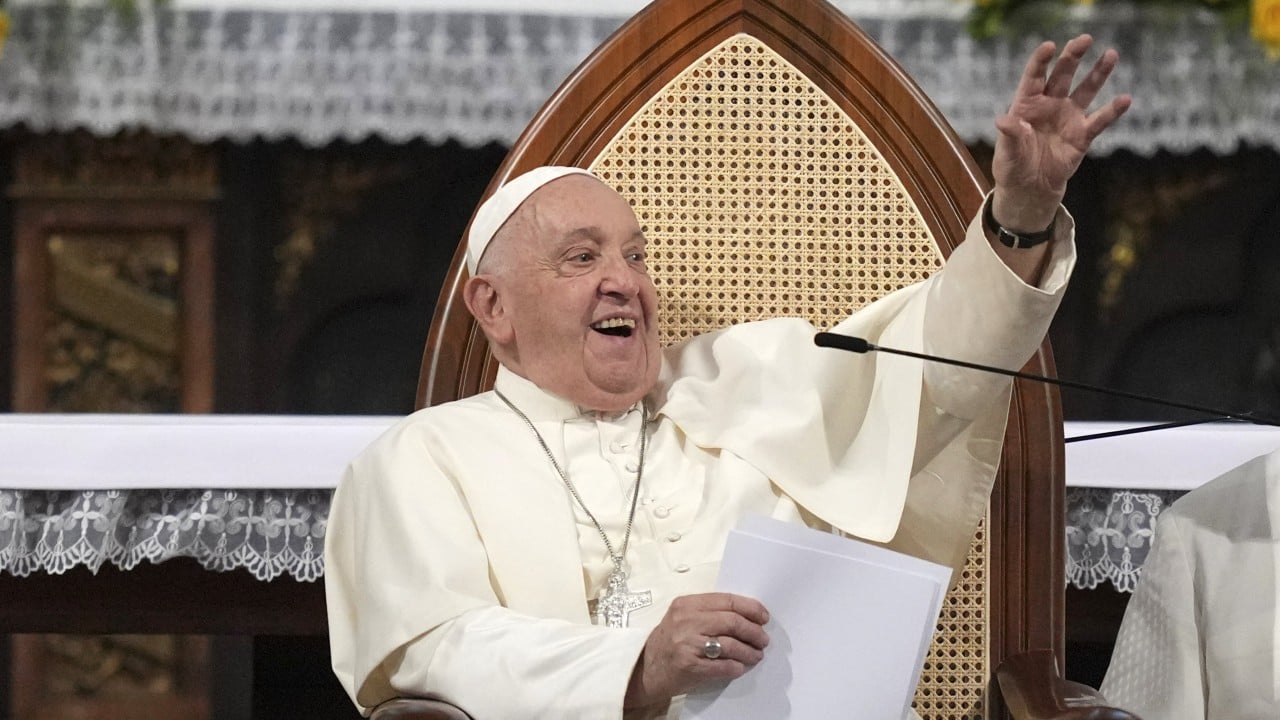The announcement on Easter Monday of Pope Francis’ death was met with genuine shock. Just weeks ago, he had been discharged from hospital, not with a clean bill of health but with guarded hope.
Advertisement
On Easter Sunday, he met US Vice-President J.D. Vance, appeared on the balcony above Saint Peter’s Square to appeal yet again for peace and toured the square in his Popemobile. Now he is gone. A papacy of surprises ended with one last one, as sad as it is.
His legacy is global and multidimensional. Much will be written about Francis’ reforms to the institutional Catholic Church and their prospects under his successor, and his responses to the church’s crises, above all the appalling scandal revealing decades of abuses committed by the clergy. Then there is his mould-breaking rejection of the papacy’s regal trappings.
I would argue that equally significant has been the way history’s first Jesuit pope and first pope from the Global South reoriented the church to focus on the world’s peripheries. Pedro Arrupe, superior general of the Jesuit order in the 1970s, made it the mission of Jesuit education to form “men and women for others”.
In Francis, we had a pope for the poor and the planet. Not by upending Catholic social doctrine but by applying it, Francis put the church squarely in the corner of the world’s most vulnerable: the poor, the sick, the displaced and those suffering from war and environmental devastation.
Advertisement
Central to Francis’ analysis was a willingness to face the deep connections between social and environmental crises. In his landmark 2015 encyclical “Laudato Si”: On Care for Our Common Home”, Francis wrote that “we have to realize that a true ecological approach always becomes a social approach; it must integrate questions of justice in debates on the environment, so as to hear both the cry of the earth and the cry of the poor”.


.jpg?itok=Qb3uYt5D)